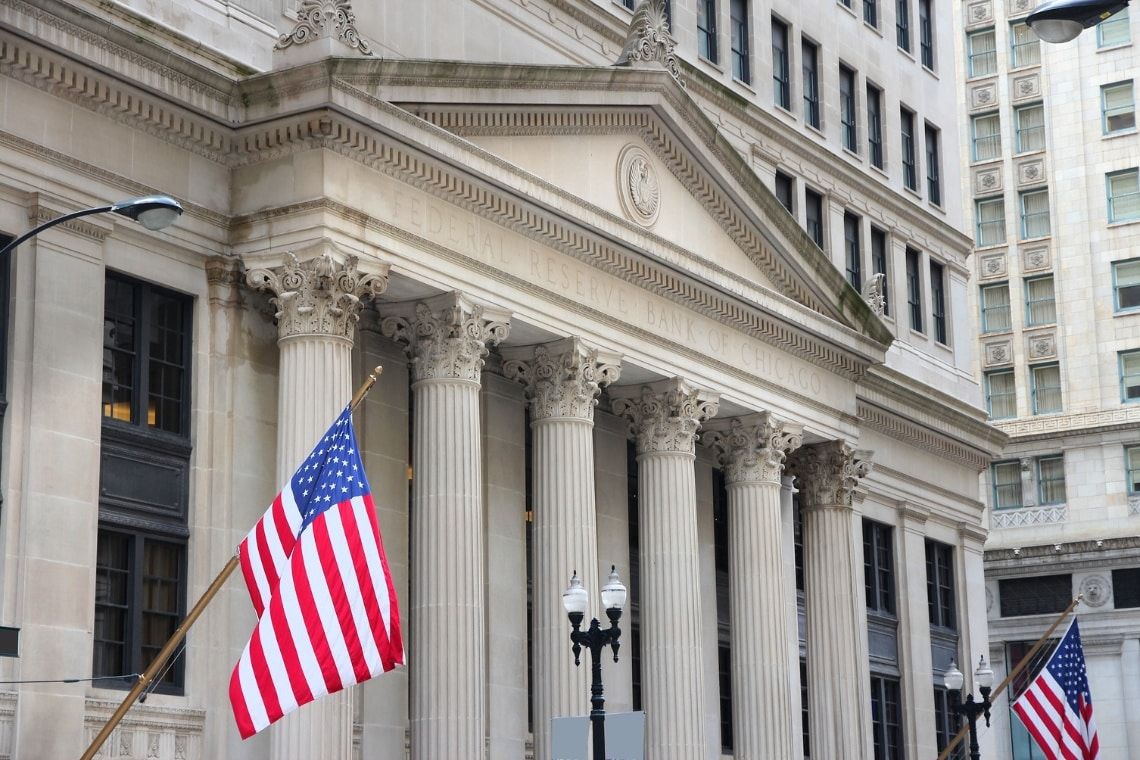What is Negative Interest Rate Policy (NIRP), and How does it work?






Key Takeaways:
- Negative Interest Rate Policy (NIRP) is an unconventional monetary policy tool employed by central banks to stimulate economic activity and combat deflationary pressures
- A NIRP policy tool is aimed at stimulating lending and investment to boost economic growth
- Negative interest rates are not without controversy and potential unintended consequences
- Japan was one of the first countries to adopt a negative interest rate policy
Introduction
Negative Interest Rate Policy (NIRP) is an unconventional monetary policy tool employed by central banks to stimulate economic activity and combat deflationary pressures, which is a relatively new concept that has gained attention recently. In simple terms, NIRP occurs when a central bank sets its interest rates below zero, charging banks to hold their reserves. The theory behind NIRP is that charging banks to hold excess reserves incentivizes them to lend more money, thus boosting spending and investment. However, the effectiveness of NIRP remains a topic of debate among economists, with concerns about its impact on banks, savers, and the overall economy. Let's delve deeper into how NIRP works and its implications for the financial markets.
What Is Negative Interest Rate

Negative interest rates occur when central banks charge banks to hold excess reserves, penalizing them for hoarding cash. While traditionally, interest rates serve to incentivize borrowing and spending, negative rates do just the opposite. This unconventional monetary policy tool is typically used during an economic downturn or deflation to stimulate growth by encouraging banks to lend and businesses and consumers to spend rather than save.
How does Negative Interest Rate Policy Work?
In a Negative interest rate policy (NIRP) scenario, depositors are charged a fee for holding their money in banks instead of receiving interest on deposits. NIRP aims to incentivize banks to lend money rather than hoard it, as lending stimulates economic activity. By penalizing banks for holding excess reserves, NIRP aims to encourage them to increase lending to consumers and businesses, boosting spending, investment, and, ultimately, economic growth.

NIRP can also impact other financial instruments, such as bonds. When central banks implement NIRP, the yields on government bonds may also turn negative, meaning investors would effectively pay the government to hold their money. This can lead investors to seek higher returns on riskier assets, further stimulating economic activity.
Impacts of Negative Rates
This unconventional monetary policy tool stimulates lending and investment to boost economic growth. However, negative interest rates are not without controversy and potential unintended consequences.
Impacts on the whole Economy
- Encouraging Borrowing and Investment: Negative rates incentivize borrowing as it becomes cheaper for businesses and individuals to access credit. This stimulates investment in projects, infrastructure, and expansion, boosting economic activity.
- Weakening Currency: NIRP often decreases the value of the domestic currency as investors seek higher returns elsewhere. While this can benefit export-oriented economies by making their goods cheaper on the global market, it can also increase import costs, leading to potential inflationary pressures.

Impacts on Companies
- Reduced Cost of Capital: Companies can benefit from lower borrowing costs, which allow them to invest in new projects, research and development, and innovation. This can spur industry growth and competitiveness.
- Impact on Profit Margins: Persistently low or negative rates can compress profit margins for companies in sectors sensitive to interest rate fluctuations, such as financial services.
Impacts on Individuals
- Savings Dilemma: Individuals saving for retirement or other long-term goals face challenges as traditional savings instruments like bonds and accounts offer minimal returns or even negative yields.
- Impact on Consumer Spending: Lower interest rates can stimulate consumer spending through cheaper credit. However, prolonged negative rates may also increase precautionary savings as individuals seek to buffer against uncertain economic conditions.
As with any monetary policy action, the effectiveness of negative interest rates hinges on a delicate balance and careful implementation to avoid negative repercussions on the overall Economy.
Example of Negative Interest Rates

Japan was one of the first countries to adopt a negative interest rate policy aimed at stimulating economic growth and combatting deflation. In 2016, the Bank of Japan introduced negative interest rates to encourage banks to lend more money and businesses and consumers to spend, thus boosting the Economy. While the effectiveness of negative interest rates in Japan has been debated, with mixed results seen in inflation and economic growth, other countries such as Sweden, Denmark, and Switzerland have also implemented similar policies recently. Using negative interest rates represents a bold and unconventional approach to monetary policy that has sparked both interest and scrutiny among economists and policymakers worldwide.
As inflation rose and interest rates elsewhere went up, pressure had grown on the BOJ to wind down its negative interest rate policy in March 2024.
Conclusion
In conclusion, a Negative Interest Rates Policy (NIRP) is a monetary policy tool used by central banks to stimulate economic growth by incentivizing commercial banks to lend more to businesses and consumers. By charging banks for excess reserves held at the central bank, NIRP aims to encourage them to lend money out rather than hold onto it. While controversial and uncharted territory, NIRP has been implemented by several central banks in response to economic challenges such as deflation and low inflation. It is essential for policymakers to carefully monitor the effectiveness and potential side effects of NIRP to ensure its impact on the economy remains positive in the long run.

